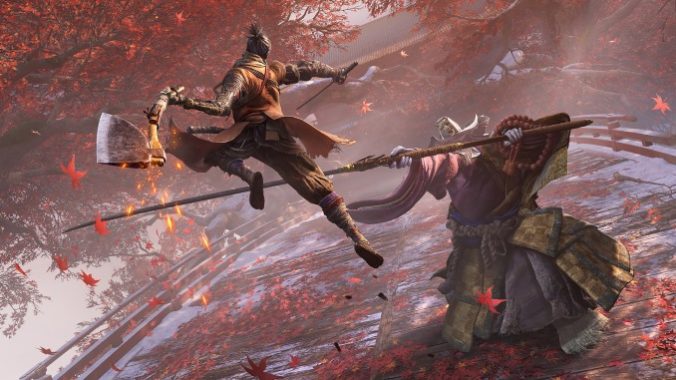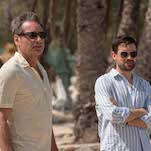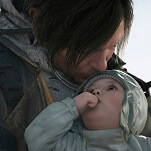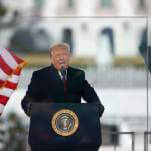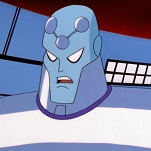I downloaded it on a whim when I realized it was half off on the PlayStation store and after some meager early successes I began dying far more than twice. As enemies became increasingly difficult my absolute lack of skill and precision was revealed to me. I didn’t understand what to do or how I was possibly going to defeat a boss who was making such short work of me. Overwhelmed, out of my depth, dying time and time again to Lady Butterfly, I reflected on my own situation as a player of a game rather than as a character in one. Losing battles were everywhere in my life. I was scrambling to try to find solutions that were not coming. I was flailing, I was lacking grace, which was when Sekiro taught me its first lesson: There would be no simple solutions. I was just going to need to figure this out. It may seem trite and obvious, but this was a time of so much stumbling and failure. The mantra “take a breath, try again,” became a guiding force as I continued on. I had to make a plan, I had to approach with caution, and most importantly I had to understand.
Sekiro fights are, of course, fights, but they are also dances. It’s as much of a rhythm game as it is an action game, with well timed responses being rewarded and poorly timed ones being punished. The battles cannot be won by brute force. You aren’t the toughest or the strongest. In fact in many cases you are significantly less impressive than your opponent. You can parry, you can dodge, and of course you can use the beloved Mikiri Counter, but if you don’t know how or when to utilize these responses you’ll fail every time. Because of this Sekiro fights are won through consideration, understanding, and timing. You need to learn how your enemies move, when they move, and what response those movements call for. To get good at Sekiro is to consider your opponent more than yourself. The temptation to run in swinging your sword is always present but rarely rewarded. You are, after all, just a guy. The only way to move forward is to respect your opponent enough to take the time to understand them.
Maybe the most cherished lesson Sekiro offered me was its core theme: Things often do not and should not last forever. We watch as the characters of Sekiro become more and more twisted and grotesque in their hunt for immortality offset by young Lord Kuro, who sees that this gift only brings pain and war. Genichiro becomes more and more monstrous, the monks of the Senpou Temple turn to experimenting on children in the hopes of unlocking eternal life, the nobles of the Fountainhead sit waiting for youths to come so they can suck their lifeforce from them. In all but one ending, Sekiro and Kuro agree that it’s okay for things to end. The cycle of immortality should be broken. Death should be allowed to come. This idea was not new to me, but I took solace in it. Some things do come to an end. An ending can be what allows you to appreciate a thing for what it was even if that comes with a sense of loss and grief. I kept this in mind as I approached the conclusion of my fourth playthrough, knowing that once I had achieved the final ending my time with this game would likely come to an end.
Now, this game solved nothing in my personal life, but it did consume me. Its challenges and its wonders provided me shelter in difficult times, as well as offering me victories that were sorely lacking and needed to move forward. By the time I was wrapping up playthrough four I could confidently say that I had gotten good, that I understood the game intimately, and with that I felt armed. I felt that I had given myself the necessary time to recover enough to approach the difficulties of life with more patience, more willingness to understand and maybe even a little more grace. I had the knowledge that if it was easy the triumphs would feel so much smaller, and the hope that if I took a breath and kept trying, just maybe I could figure this out.
Dave Tomaine is a comic writer and musician from Philadelphia. You can find him at @cavedomain and @FFBedtime on Twitter.
